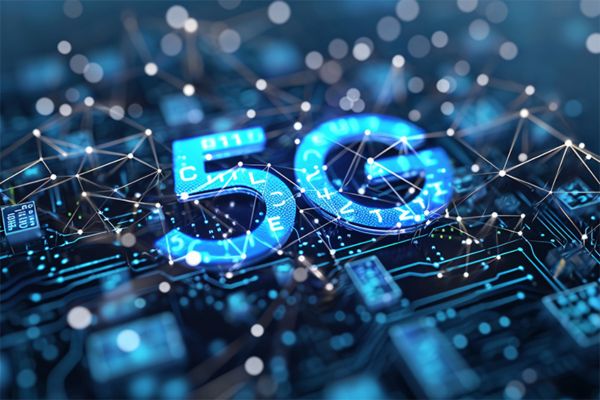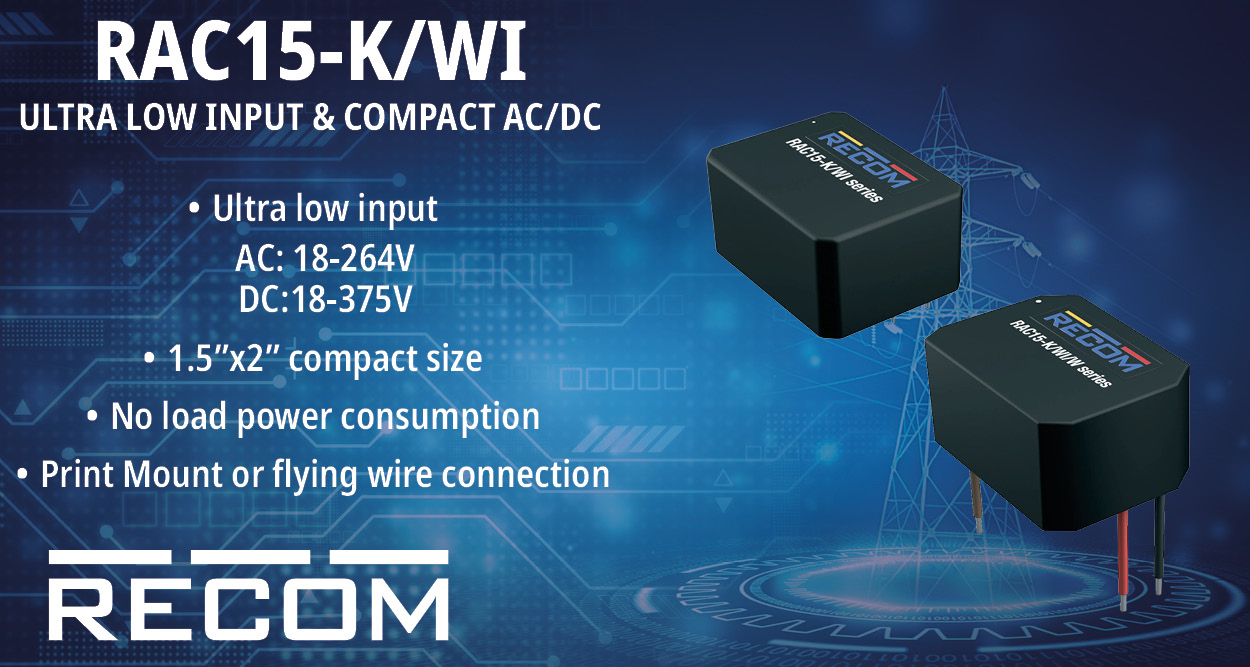5G mmWave signifies the fifth generation of wireless communication technology that uses frequency range from 24 GHz to 100 GHz to transmit massive volume of data. In addition, the technology exhibits higher bandwidth and ultralow latency as compared to 4G technology, with a transmission speed of 300,000 kilometers. These benefits make it suitable for applications such as autonomous vehicles, remote surgeries, industrial automation, and smart cities. With rapid digitization and surge in need for wireless technology, the deployment of 5G mmWave systems is expected to increase significantly in the coming years. Cities like the US, Italy, Australia, the UK, Finland, Singapore, Taiwan, Japan, and China have majorly utilized the technology.
Surge in Adoption of 5G mmWave Technology in Mission-critical Applications
Allied Market Research stated that the 5G mmWave technology market accounted for a revenue of $2.6 billion in 2022. The sector is further expected to garner $10.1 billion, registering a CAGR of 14.7% from 2023 to 2032. This is attributed to the rise in deployment of 5G mmWave technology in the automotive sector and the development of smart cities. Rapid urbanization and alarming increase in traffic congestion have considerably boosted the demand for smart transport systems. Studies reveal that approximately 55% of the population currently lives in urban areas, and the number is estimated to reach 68% by 2050. To efficiently meet the challenges of exponential population growth, resource management, and traffic regulation as well as enhance quality of life of residents, smart cities projects have been initiated. Smart cities aim to achieve a sustainable future and improve public services. As a result, many countries have focused on achieving net-zero goals by 2030, which, in turn, has increased the penetration of autonomous vehicles.
Rise in use of 5G mmWave technology in autonomous vehicles for vehicle-to-infrastructure communication is expected to boost the development of smart city projects. 5G mmWave facilitates seamless communication between autonomous vehicles and infrastructure. This ensures that autofocus vehicles receive real-time data from traffic signals, other vehicles, and roadside sensors, which considerably minimize the risk of accidents. 5G mmWave can achieve latencies as low as 1 millisecond, which makes it ideal for use in autonomous driving. The technology further supports high-speed IoT connectivity for smart grids, energy management, and public safety, which are the key components of smart city development. Recent findings suggest that as of 2023, there are more than 1,000 active smart city projects across the globe. This number is anticipated to increase in the coming years, which, in turn, will augment the demand for 5G mmWave technology to meet the smart city requirements from trash collection and public transit to live HD security camera feeds.
Furthermore, the healthcare sector is increasingly adopting 5G mmWave technology to enable remote robotic surgeries with near-zero latency. In addition, it is being integrated in high-speed connected medical devices such as wearable biosensors and remote monitoring systems to facilitate real-time patient monitoring. Moreover, it facilitates real-time transmission of high-resolution medical images and enhances telemedicine services with seamless connectivity. It further enhances AR/VR-assisted medical training and diagnostics, thus improving access to quality healthcare services.
Verana to Test its New mmWave Technology
On February 2, 2023, Verana Networks, a leading developer of a 5G radio-access network solutions for mmWave spectrum, initiated a collaboration with Verizon, world’s second-largest telecommunications company. The aim of the collaboration was to conduct real-word trials of Verana’s 5G mmWave Integrated Access and Backhaul solution with Verizon.
The deployment of 5G mmWave is challenging due to high costs. This is attributed to the fact that conventional mmWave networks rely heavily on fiber backhaul, which involves significant capital and operational expenses. Verana’s mmWave 5G small cells provide both wireless backhaul and 5G access, reducing fiber backhaul needs by over 90%. To address the cost and deployment challenges of mmWave 5G, Verana and Verizon supported the approach of deploying this technology with a target to optimize system cost, enhance performance, and reduce power consumption.
Bottom Line
Rapid development of smart cities and surge in proliferation of autonomous vehicles have considerably increased the need for 5G mmWave technology. This is owing to the fact that these mission-critical applications require ultrahigh-speed data transmission and low latency. 5G mmWave fulfills these needs by significantly lowering latency to under 1 millisecond. Moreover, the healthcare sector is anticipated to adopt this technology on a large scale in the coming years to improve patient care and wellness services.
𝑨𝒓𝒕𝒊𝒄𝒍𝒆 𝒘𝒓𝒊𝒕𝒆𝒓: Akshata Tiwarkhede

















